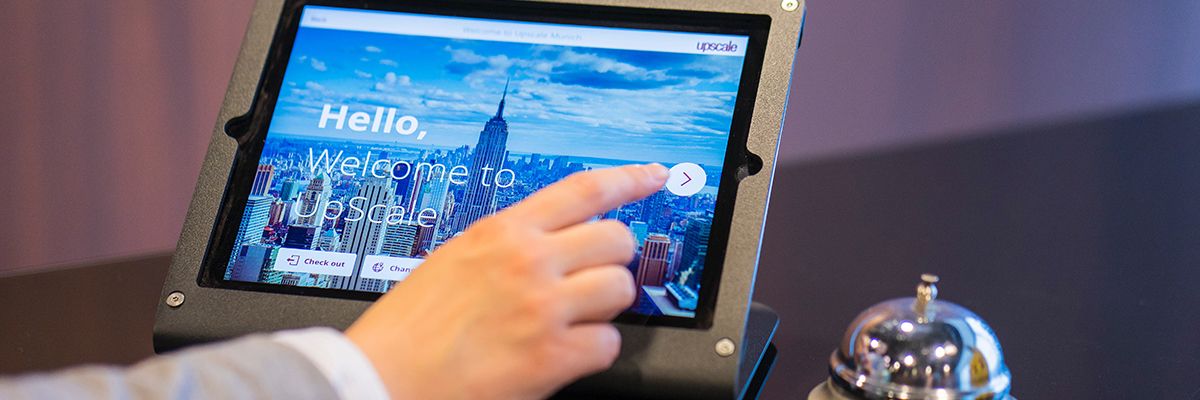There are so many reasons to use landing pages on your website. A good landing page could be used to drive more conversions, gather information about visitors to your website, test the effectiveness of your digital marketing campaigns, grow your email list and improve your organic rankings.
Understanding why it’s important to create landing pages is one thing, but learning about the many types of landing pages to choose from — and when to use them — is quite another.
The fact of the matter is that there are many, many different types of landing pages to choose from. Each type has its place and can be an effective choice depending on the circumstance, and understanding which landing page type to use for the circumstance is an important step toward getting the most out of it.

